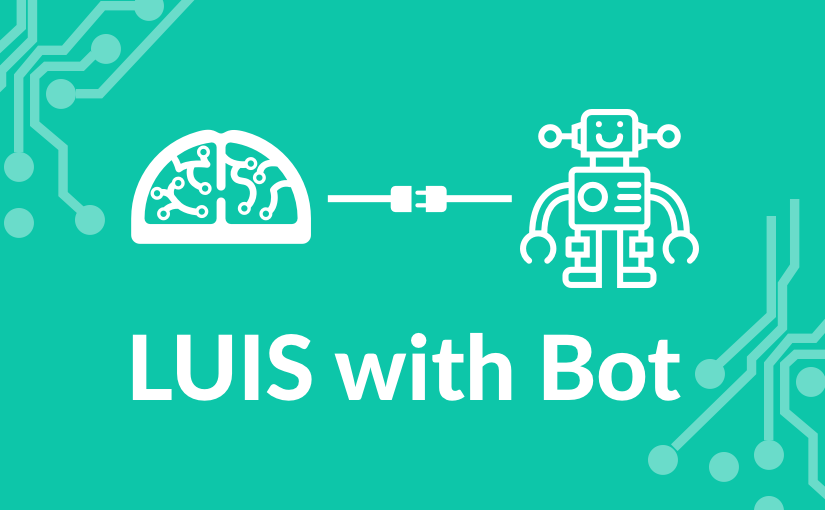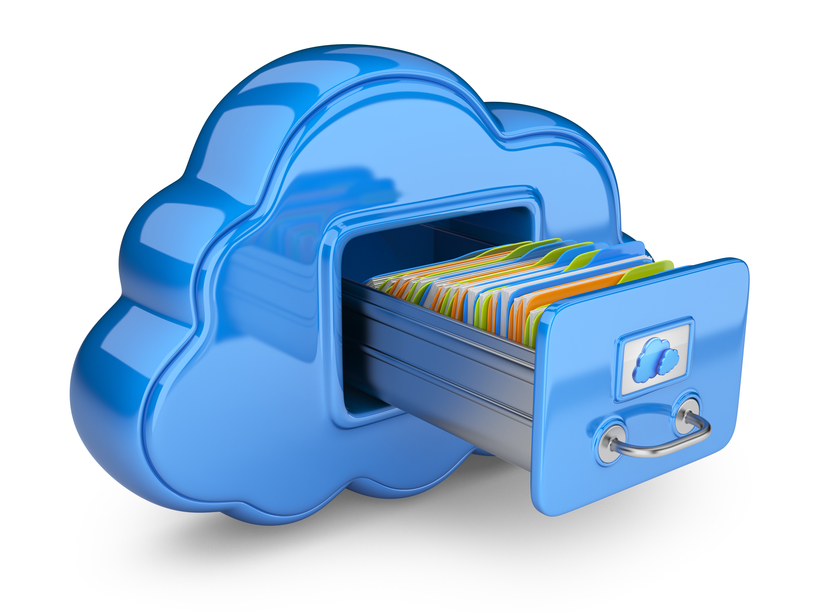Replacing the service desk with bots using Amazon Lex and Amazon Connect (Part 2)
Welcome back! Hopefully you had the chance to follow along in part 1 where we started creating our Lex chatbot. In part 2, we attempt to make the conversation more human-like and begin integrating data validation on our slots to ensure we’re getting the correct input.
Creating the Lambda initialisation and validation function
As data validation requires compute, we’ll need to start by creating an AWS Lambda function. Head over to the AWS console, then navigate to the AWS Lambda page.… [Keep reading] “Replacing the service desk with bots using Amazon Lex and Amazon Connect (Part 2)”


